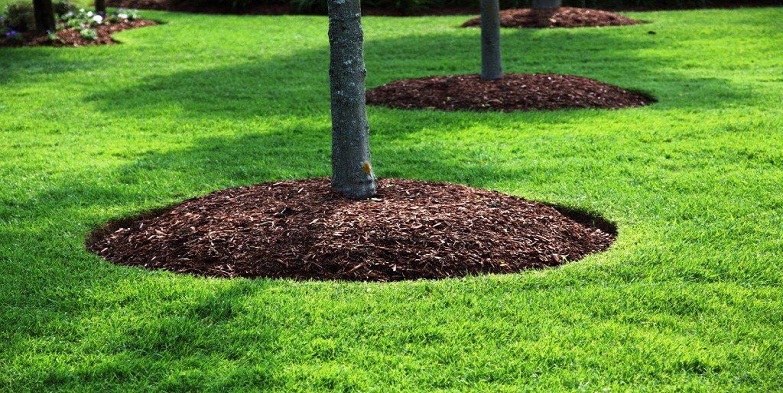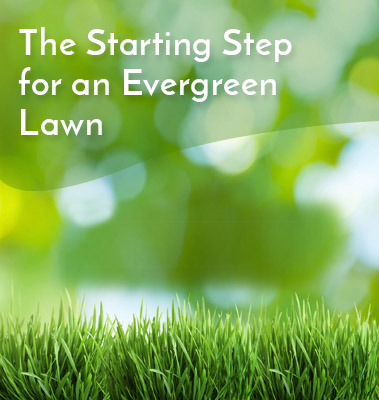17 Nov
What is Mulching? How to Mulch your Garden?
Posted By Ervin in Gardening
Mulching is implementing a ground cover to planted areas as part of the ongoing preservation and conservation management. Mulch is a gardener’s great friend. there’s no other gardening task that gives as much payback as mulching.
Advantages Of Mulching
1) Insulate soil from high temperature (hot and cold) changes consequently keeping uniform soil temperatures
2) To defend the soil from structural damage that results from iciness freezing
3) Retaining soil moisture by reducing losses through evaporation
4) Maintains soil wet therefore making nutrients more available to plants
5) Reduces soil compaction
6) Prevents crusting of soil surface for that reason improving absorption and percolation of water into the soil
7) Reduces and minimizes soil erosion because of rain and wind
8) Discourages the germination and increase of weeds by blocking sunlight; easier removal of weeds
9) Decaying mulch can also provide a supply of natural matter for the soil helping in improving soil structure and tilth.
10) Makes plants less susceptible to soil-borne fungal disease
11) Aesthetically enhance or augment the landscape by providing cover of uniform color, interesting textural components to the ground and gives an easier and more finished look. Improves curb appeal and sellability of home.
Types of Mulches
Mulches may be divided into primary categories of organic and inorganic. Organic materials are composed of plant or animal residues and decompose over time. Inorganic mulches are natural or man-made substances that don’t readily decompose. Inorganic mulches can be gravel, crushed stone or some manufactured product. These substances aren’t as useful to plants as the organic mulches because they do not improve the structure or nutrient content of the soil.
Organic mulches : coarse bark mulch, bark chunks, cocoa shells, peat moss, compost, eastern cedar, pine and bark nuggets, pine bark, pine needles, red cedar mulch, shredded bark, shredded pine mulch, straw, utility bark mulch, composted leaves, composted yard waste, bark mulch, composted pine mulch, shredded cedar mulch, shredded red cedar mulch, shredded golden cedar mulch, red enviro-mulch, enhanced black bark mulch, hardwood chip mulch, natural enviro-mulch and landscapers cedar mulch.
Inorganic mulches : black plastic film, crushed rock, gravel, lava rock, pea gravel, pebbles, rock mulch, fiber weave, stone/chips, volcanic rocks, ground or shredded tires, river-wash stones, white stones, rubberized mulches, marble stones, granite stones, river rocks, clear stone, playground fiber top, playground cedar weave, and playground stone.
When and How to apply Mulch?
Mulching must be done in late spring when annuals and perennials are visible yet small enough to work around; when a new flower bed is installed or a new tree is planted. Mulching may be done at any time during the season but preferable in the spring to advantage the flower bed during the season. Mulching in the fall is essential to protect perennials for overwintering. Layer the mulch over the bare soil around plants and level out evenly. Mulch has to be at least 5cms. thick and preferable 10cms. thick to be effective. Because organic mulches break down over time and construct soil they want to be replenished when important.
Considering Mulching? Green Gold Landscaping provides professional Residential and Commercial Lawn care, Maintenance services in all over Westchester County NY. Contact us! or call 914-882-5459 for assistance.









